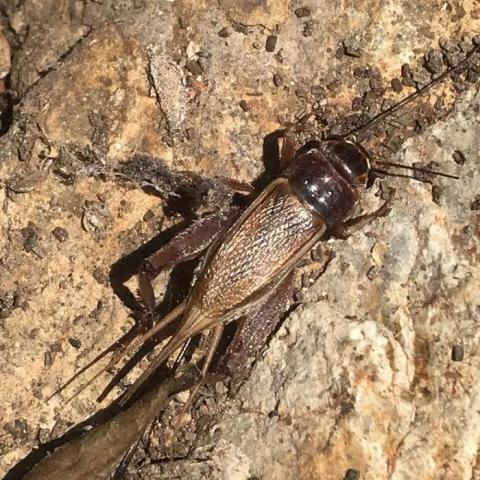Wild Echoes: Eco-Acoustic Monitoring and Ecological Mapping | Talk

Organised by the Linnean Society of London. The event is free, but donations are welcome.
28 February 2024, 12:30-13:30 UTC
How can fully automated eco-acoustic monitoring address the challenge of accurately mapping large scale ecological changes over long periods?
Anthropogenic pressures are causing ecosystems around the world to change at an increasing rate. Accurate and high-level monitoring of these changes is necessary, yet traditional survey techniques are often taxonomically focussed, laborious, or scale poorly. In this talk we will explore how fully automated eco-acoustic monitoring can address the challenge of accurately mapping large scale ecological changes over long time periods. We will cover rugged recording devices which upload audio in real-time directly from the field (www.bugg.xyz), as well as the state-of-the-art machine learning analyses being developed to make sense of the incoming data. In addition to covering the technology, we will discuss how eco-acoustic monitoring is being used to solve real ecological challenges; from a tropical forest fragmentation experiment in Malaysian Borneo (SAFE Acoustics http://acoustics.safeproject.net), to a study investigating the composition and dynamics of avian communities in Norway (Sound of Norway https://thesoundofnorway.com/). As eco-acoustic monitoring continues to mature, there will be countless more opportunities for it to contribute to fundamental scientific discovery, evidence-based nature management, and sustainable policy development.
>> See the official website (including further reading)
You might also be interested in IPBES's ongoing Monitoring assessment, a methodological assessment scheduled for publication in 2026. Join ONet and the Stakeholder Registry to stay up to date on opportunities to contribute.
Speaker
Dr Sarab Sethi leads the Ecosystem Sensing Group at Imperial College London, exploring topics spanning applied maths, engineering, and ecology. The group develops novel sensors, systems, and AI to deliver next generation environmental and biodiversity monitoring. Applications of the group's work include conservation, agricultural pest control, supply chain transparency, scientific enquiry, and more.
The Linnean Society of London
The Linnean Society of London is the world’s oldest active society devoted to natural history. Founded in 1788 by Sir James Edward Smith (1759–1828), who was its first President, the Society takes its name from the Swedish naturalist Carl Linnaeus (1707–1778) whose botanical, zoological and library collections have been in our keeping since 1829. [...] Our vision is a world where nature is understood, valued and protected. To do this we aim to inform, involve and inspire people about nature and its significance through our collections, events and publications. Thanks to the wide ranging expertise of our Fellowship and our unique collections, we are a hub for science communication through interdisciplinary learning and engagement.
Photo by Erik (e-meling) on iNaturalist: Many people in its habitats associate the sound of male crickets — like the variable field cricket (Gryllus lineaticeps) shown above — with summer nights. Why do crickets make these sounds? And how do they do it? Find out in Deep Look's video on YouTube.
